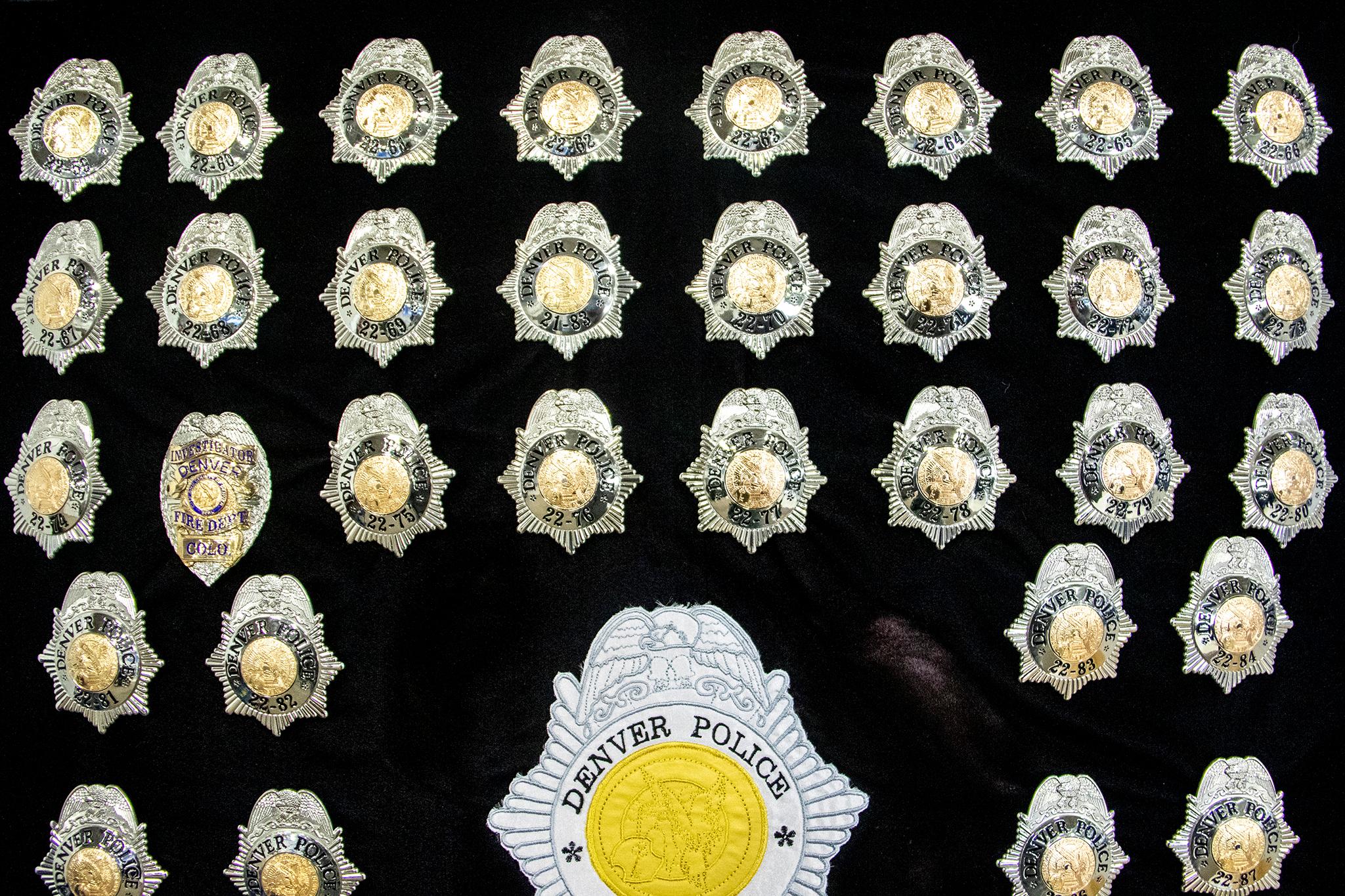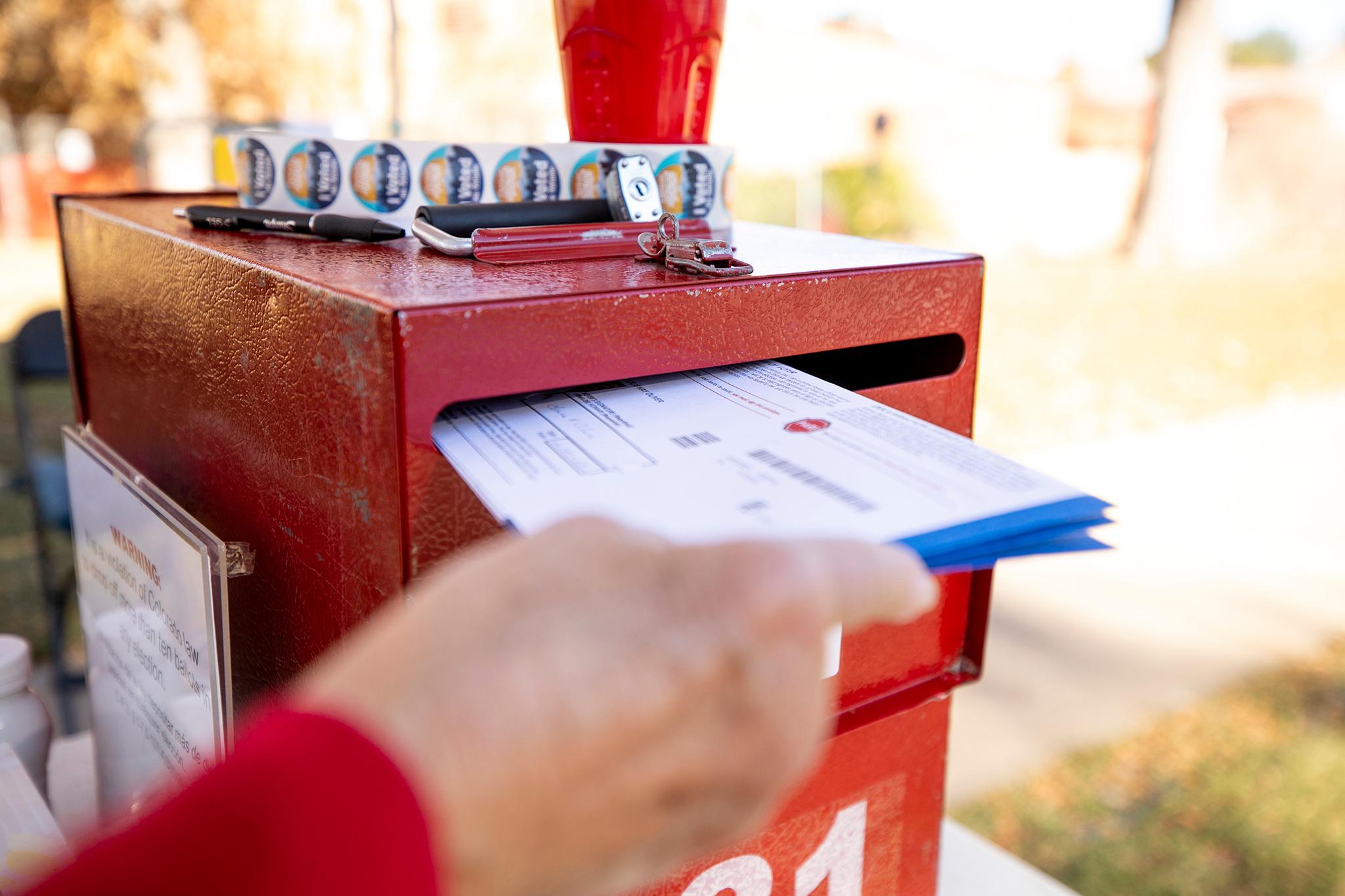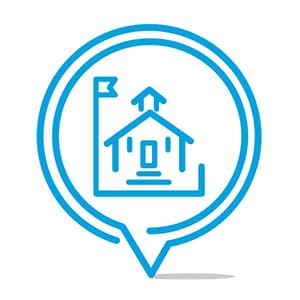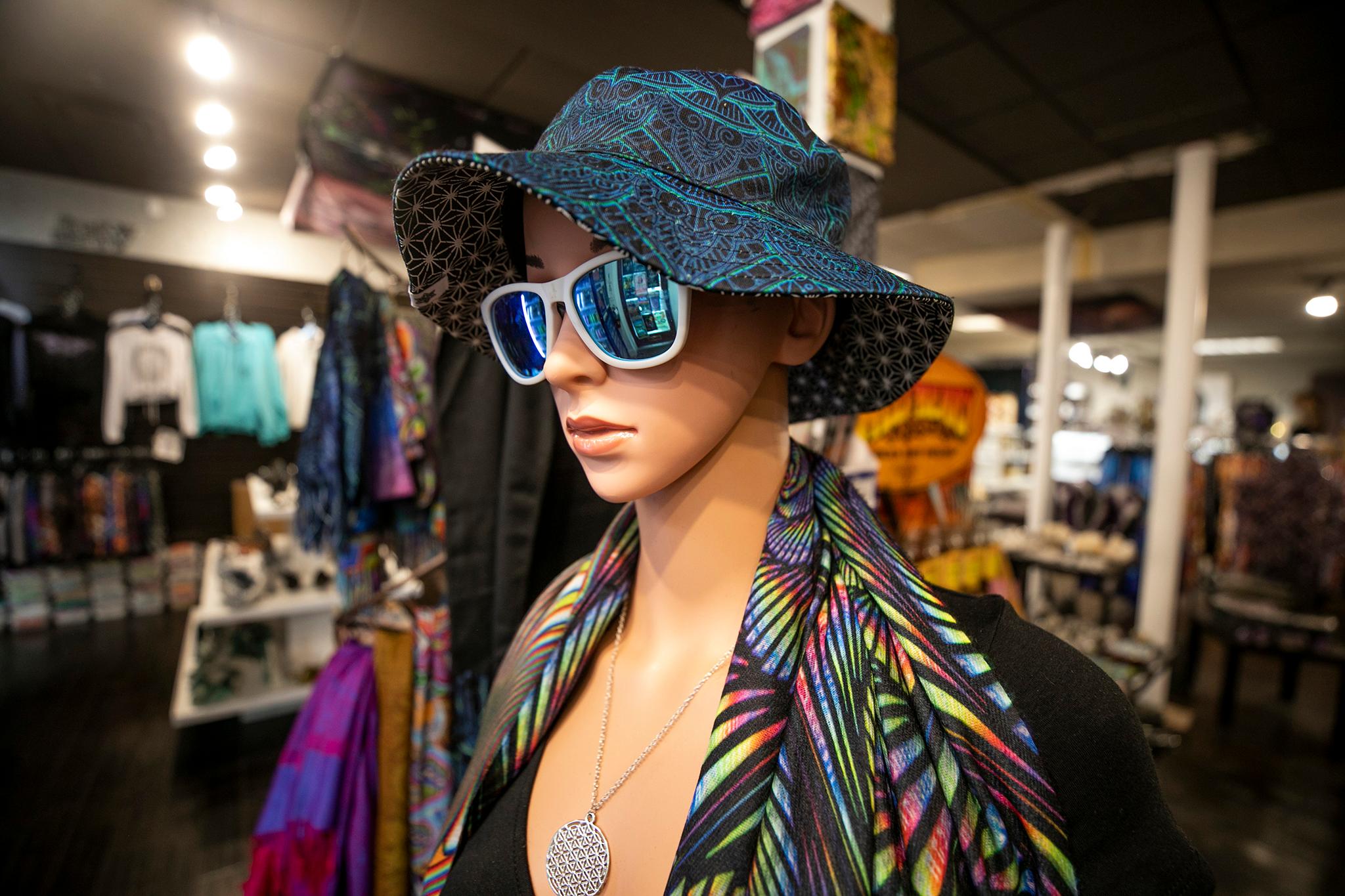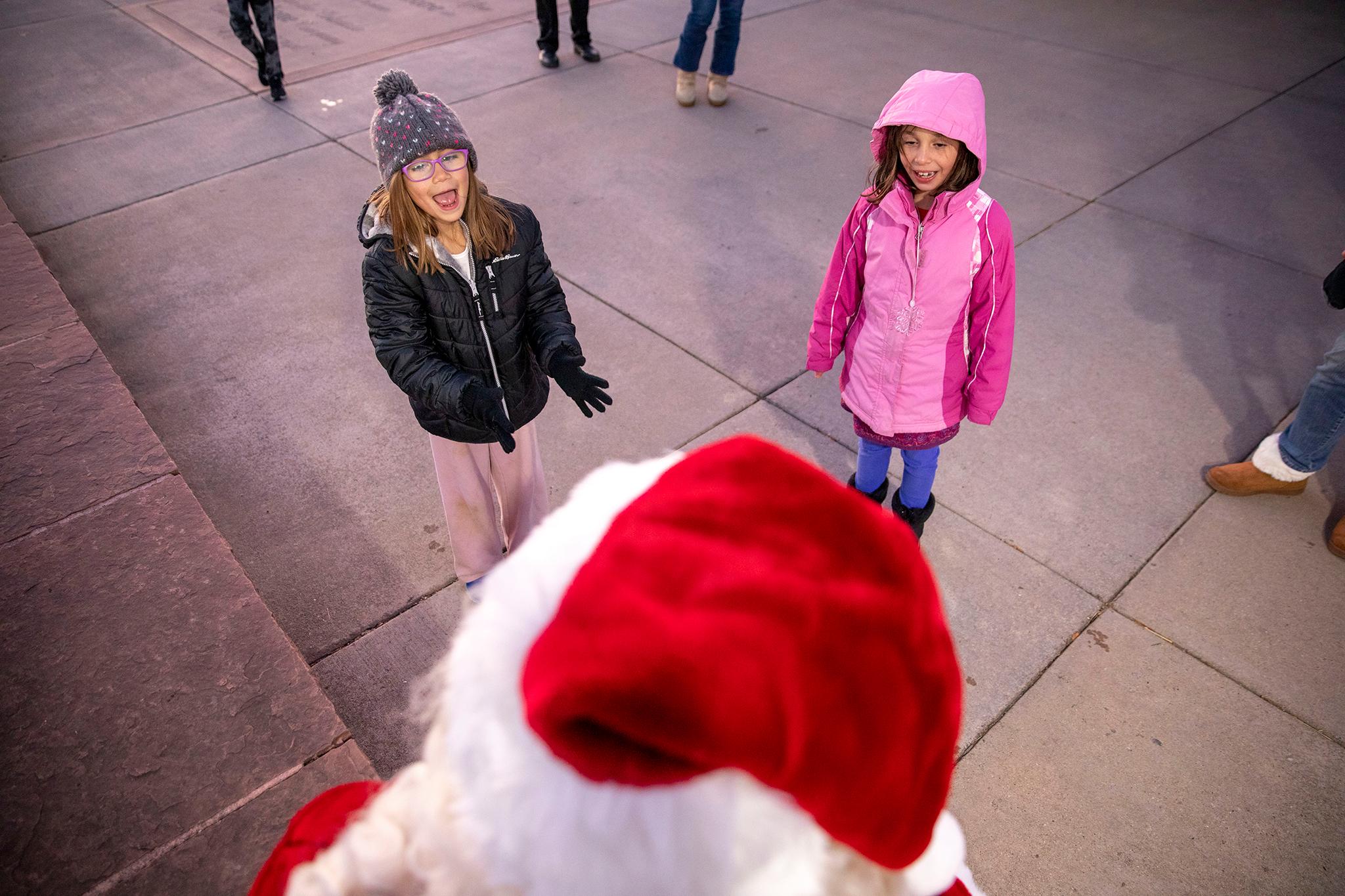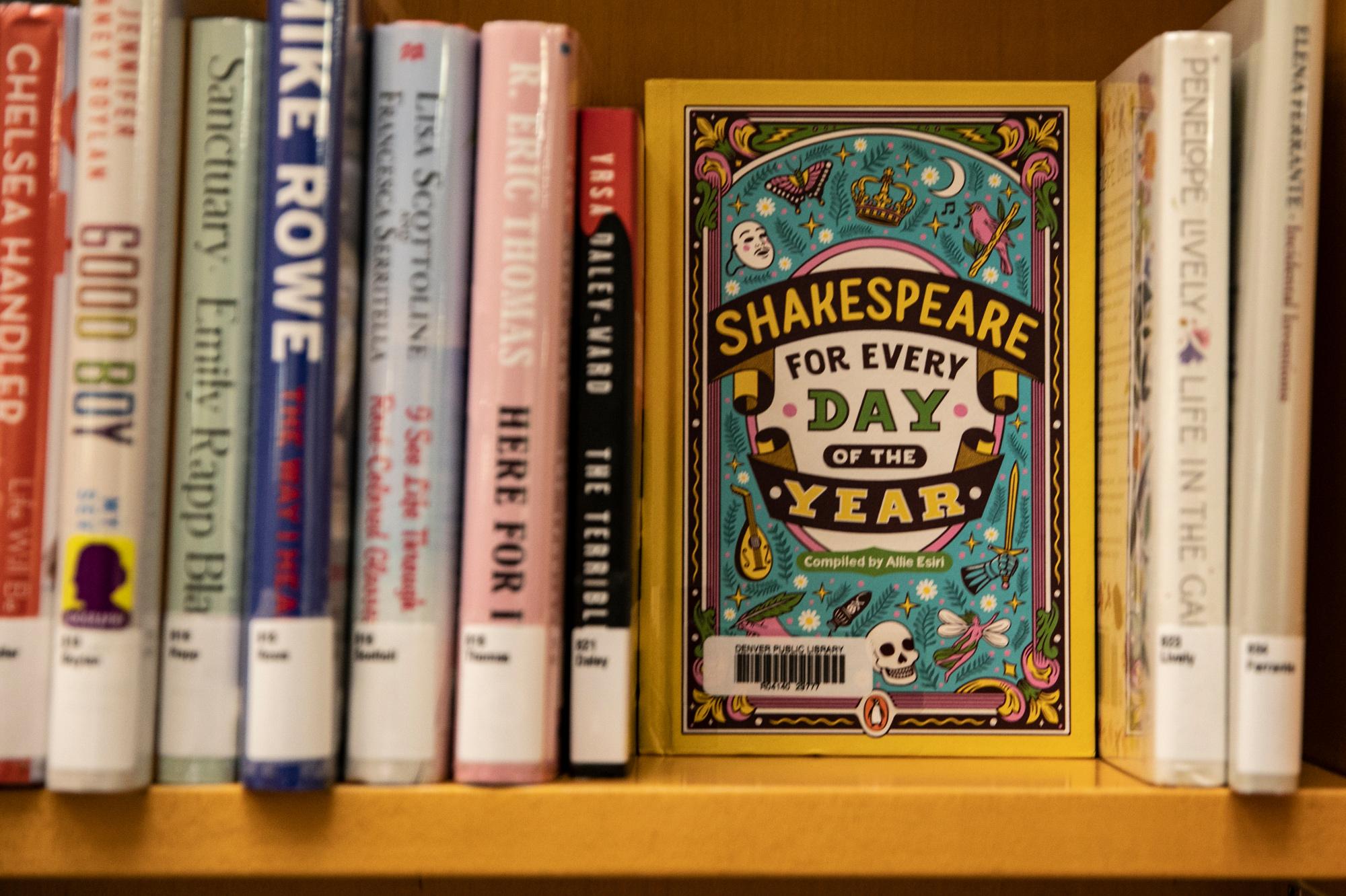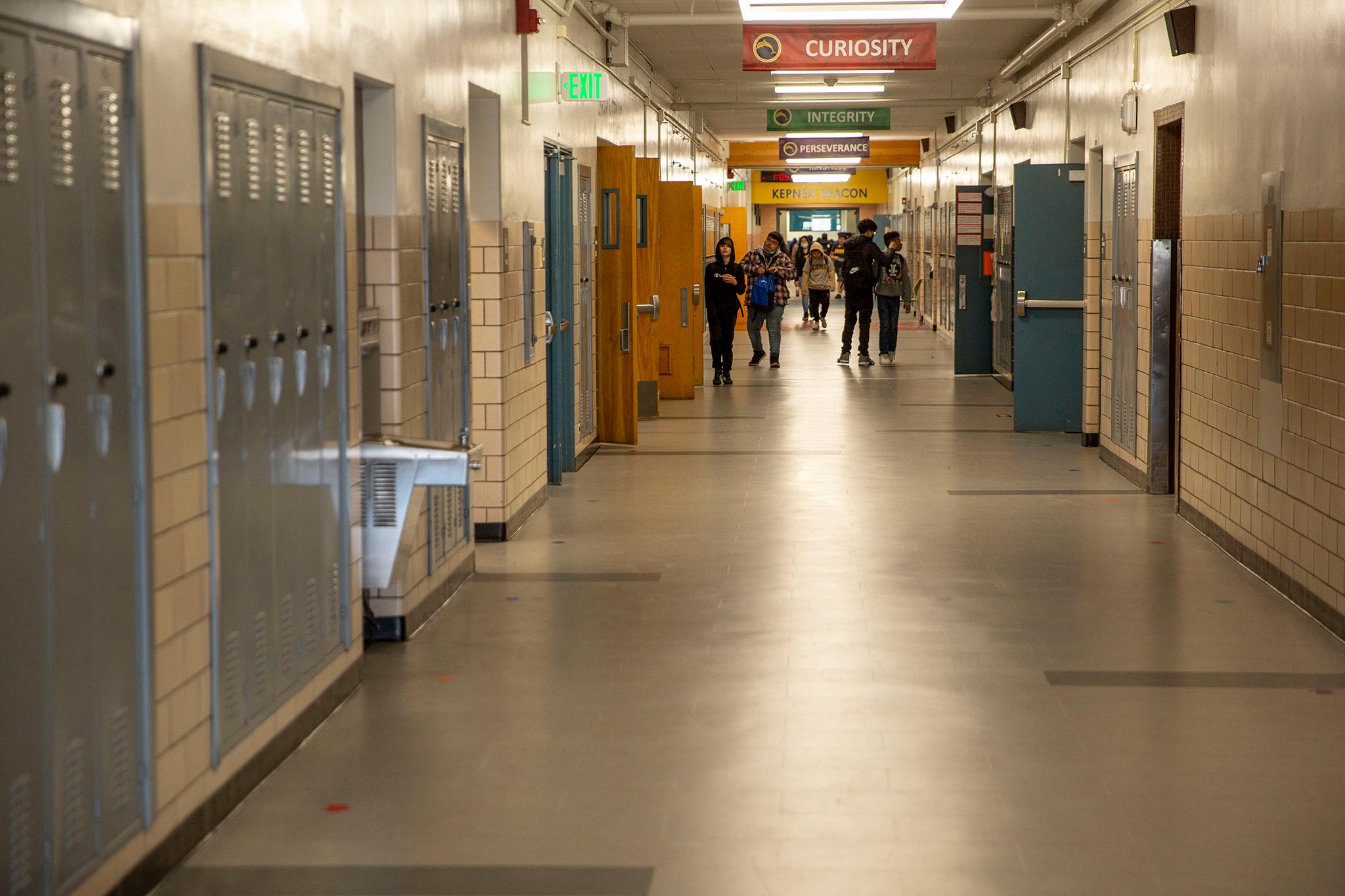The Day of the Dead, or Día de los Muertos, is a holiday with roots in pre-Columbian Mexico, celebrated to honor and remember deceased loved ones.
Walk around Denver today, and you’ll see elements of the celebration everywhere: candy skulls in storefronts, ofrendas in libraries, and calaveras painted on café windows. But that was not always the case. Not too long ago, the holiday was in the fringes, relegated to small, private altars inside the homes of the Hispanic and Indigenous communities of the area.
That began to change in the 1980s. For Chicanos — a cultural identity shared by many people of Mexican descent in the U.S. — Día de los Muertos became more than just a way to remember the dead. It became a way to reclaim identity. A bridge back to culture, ancestry, and community.
“I think for the Chicano, the connection with Mexican Indigenous culture is what made it popular as well,” said Carlos Hipolito-Delgado, a professor at the University of Colorado Denver.
He argues the tradition’s growth into the mainstream in the United States, especially within the Chicano community, is closely tied to a broader artistic and political movement that occurred in Mexico. It was pioneered by artists like Diego Rivera and José Clemente Orozco, who looked into Mexico’s Indigenous roots to redefine Mexican identity. They sought an identity grounded in Indigenous heritage, rather than one shaped by Spanish colonization.
"So the ability to connect with a celebration that was truly Indigenous, that was uniquely Mexican. And by what I mean, Mexican, Indigenous Mexican, right?” Hipolito-Delgado said. “Not Spanish, but I think it spoke to them, right? But it also spoke to them through the art."
The marigold (cempasuchil), the sugar skulls, the vibrantly decorated altars — these traditional elements offered artists a conduit to Indigenous Mexican culture.

That connection is exactly what drew Denver artist Patricio Cordova into the world of Día de los Muertos. In the 1970s, while visiting Puebla — just outside Mexico City — Cordova accidentally stumbled into his first celebration of the dead.
”All of a sudden we're in the middle of this procession, you know, and, and the figures are running around. And I then talked to the people and it was very, very moving. There's nothing like this in Denver,” he said.
Cordova was enamored by the sights, sounds, and smells he experienced.
And it stayed with him.
Day of the Dead grew slowly in Denver — at first
Nearly a decade later, in 1983, he helped launch one of Denver’s first public Day of the Dead events. Cordova teamed up with Pirate Gallery, KUVO Jazz, and the Chicano Humanities & Arts Council to bring the holiday out into the open.
But the celebration in 1983 wasn’t embraced by many people around Denver at first.. The holiday, filled with skulls and references to death, seemed macabre.
”It was like pulling teeth,” Cordova said of the first year. “When people came, they kind of didn't really know what to expect, and then the children were … sort of intrigued, I guess, because death … in this country, was not treated like that.”
He kept pushing — writing guides on how to build altars, explaining the symbolism behind marigolds and pan de muerto, and showing that death could be commemorated with joy, color, and community. He spent a lot of time writing guides about, “what altars are supposed to include and how you do it and what the celebration's all about,” he recalled.
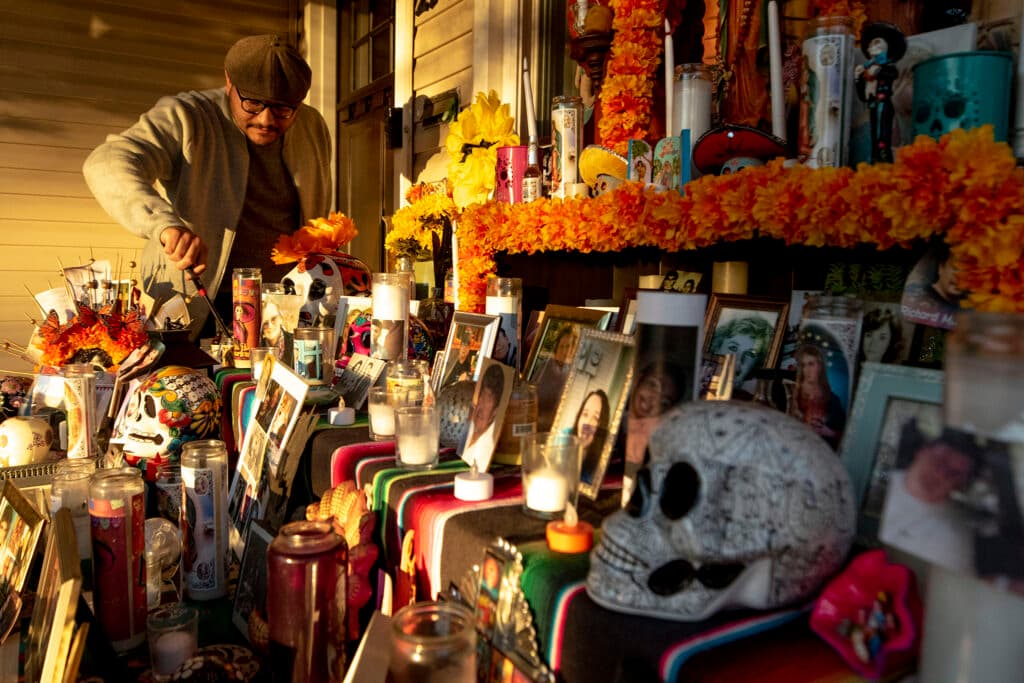
Now, Denver has embraced its own version of Día de los Muertos.
Cordova and the other artists also made the tradition their own — adding distinctly local twists, like adult piñatas shaped like politicians.
And inside them?
“ We also put in shooters of tequila and bourbon and whatnot for the adults,” Cordova said.
Cordova and his collaborators didn’t invent Día de los Muertos in Colorado. Versions of the holiday had long existed here — carried by generations of Mexican and Indigenous families, dating back to when Colorado was part of Mexico, and long before.
But this public celebration started by local artists helped transform the holiday — moving it out of private homes and into galleries, city parks, and neighborhood streets. From small altars tucked in kitchen corners to enormous community ofrendas at landmarks like the Daniels and Fisher clocktower, Día de los Muertos in Denver became more visible.
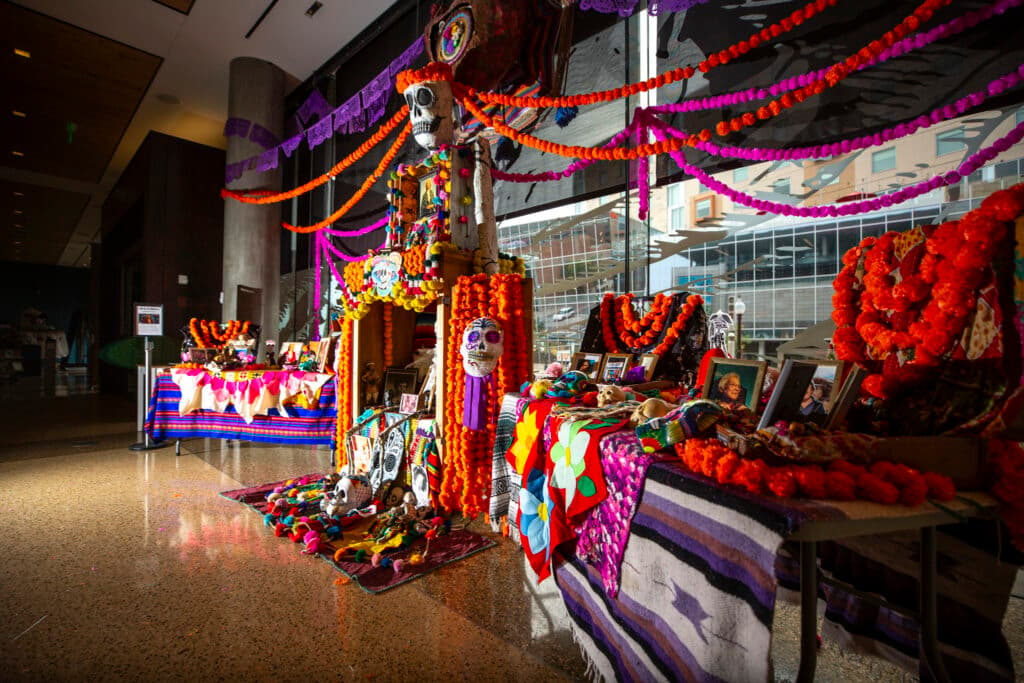
For some, like Marie Valencia, that visibility sparked a personal transformation.
”I was one of those people who grew up and said, I'm not Mexican, I'm Spanish,” Valencia said. “ I feel like I didn't become a Chicana until I came to Denver. “
It was through attending early Día de los Muertos events that she reconnected with her roots.
“The more I learned about it, I thought it was a beautiful tradition,” Valencia said. “I mean, we have a lot of ancestral pride in my family.”
She now volunteers with the Chicano Humanities & Arts Council and continues to celebrate her culture through local art.
Today, those traditions continue — both in homes and in public spaces.
The Pirate Contemporary Art Gallery still hosts its annual Día de los Muertos show, opening Friday night and running through mid-November. And on Nov. 7 comes the larger celebration complete with altars, adult piñatas, and live performances.
You can also join Denverite in celebrating Día de los Muertos. We teamed up with the Art District on Santa Fe to project images of people’s loved ones on the 16th Street clocktower on the night of Saturday, Nov. 1, when you can see the tribute for yourself after dark.
The projection will also play at the Art District's Día de Muertos celebration on Friday, Nov. 7, where we'll be tabling. Come say hi!



